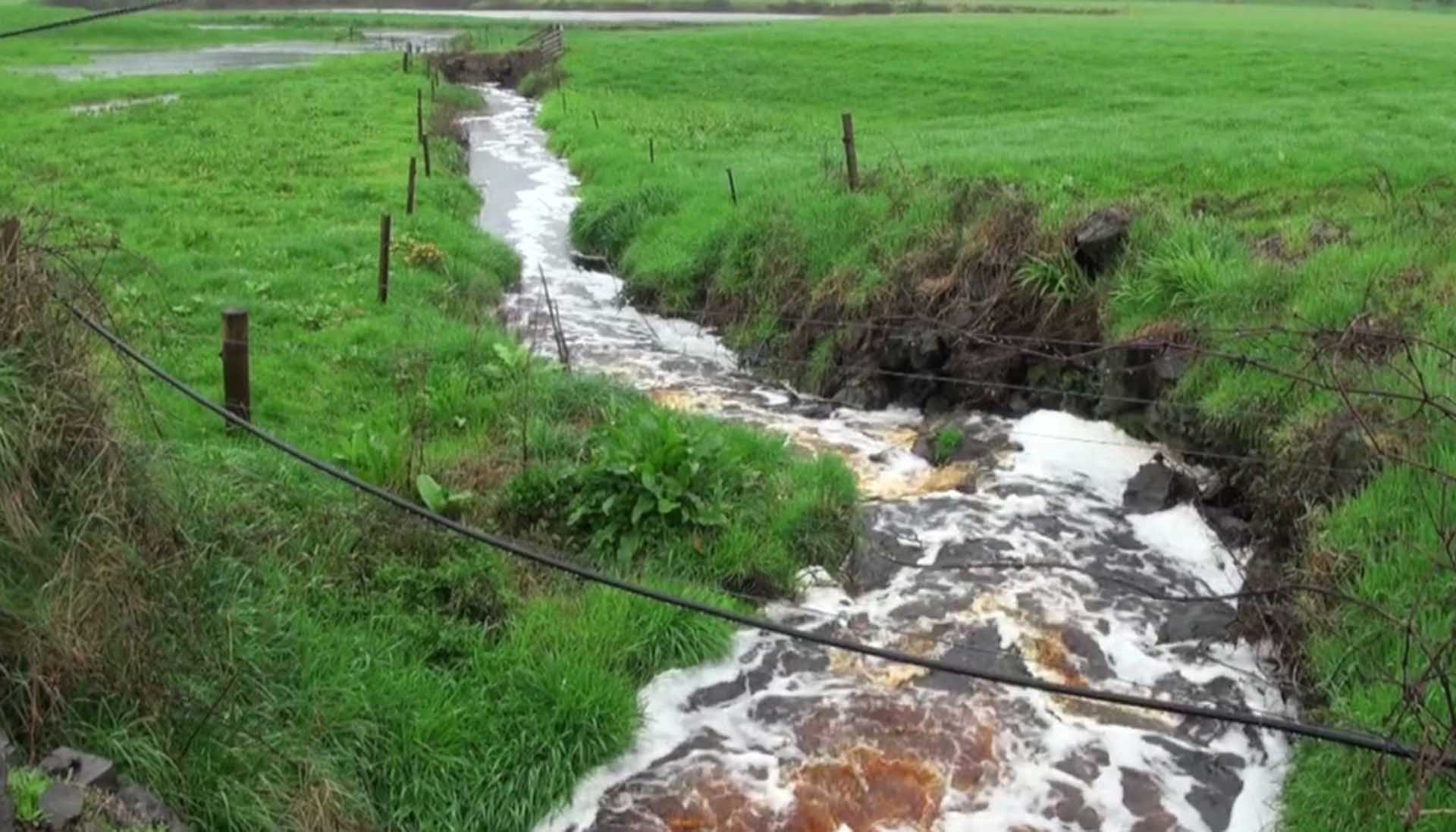Greenpeace says it is deeply concerned about levels of nitrate in rural school drinking water, as a shocking new report has revealed that rural children are twice as likely as the average New Zealander to be exposed to dangerous levels of nitrate contamination in their school drinking water.
Greenpeace Aotearoa spokesperson Will Appelbe says, “Everyone, no matter where they live, should be able to access safe healthy drinking water. But this report shows that rural school children are consistently being exposed to dangerous levels of nitrate in their water, putting them at increased risk of developing bowel cancer.”
The report showed that more than 100 rural schools have levels of nitrate above 1 mg/L, while 8.5% of rural schools have nitrate levels above 5 mg/L. A growing body of international research shows that long-term exposure to nitrate levels above 1 mg/L can increase the risk of developing bowel cancer, while levels of nitrate above 5 mg/L can increase reproductive risks.
“The source of this pollution is primarily the intensive dairy industry which contaminates lakes, rivers, and drinking water with cow urine and runoff from synthetic nitrogen fertiliser use,” says Appelbe.
“We expect that parents and teachers will be concerned about the findings of this report, given that the children they’re responsible for are being exposed to potentially unsafe levels of nitrate, and we encourage them to raise this issue with school boards and the Ministry of Education.”
Greenpeace says that the nitrate contamination seen in rural schools is indicative of a wider pattern of high levels of nitrate in rural people’s drinking water across the country. In late 2023, the organisation launched its ‘Know Your Nitrate’ map, which maps the average levels of nitrate in drinking water across the country.
“We know that rural communities – particularly those who live in regions where intensive dairying is common – are the most prone to nitrate contamination in their drinking water,” says Appelbe.
“Ultimately, the only real solution to nitrate contamination is to stop the pollution at the source. That means reducing cow numbers and phasing out the use of synthetic nitrogen fertiliser on farms in Aotearoa.”



